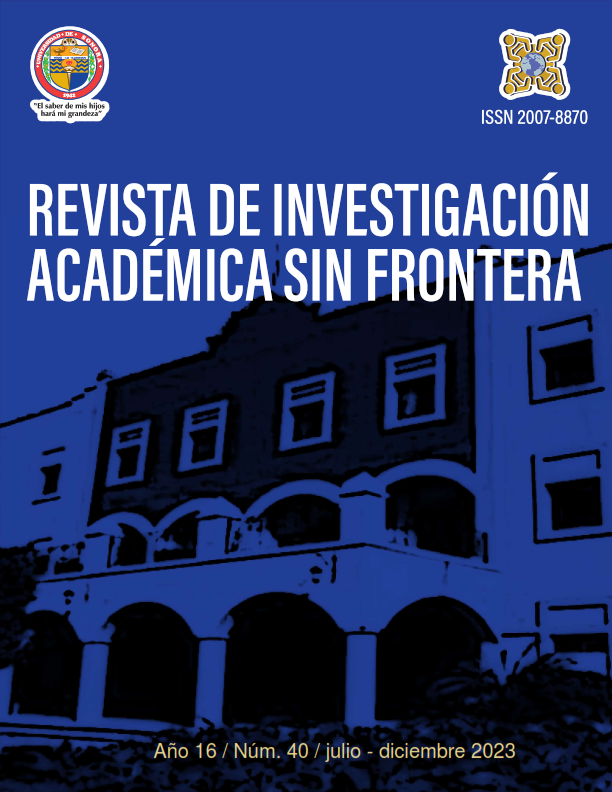Rubrics as an assessment tool for the graduate attributes of an Educational Program.
DOI:
https://doi.org/10.46589/rdiasf.vi40.571Keywords:
rubric, graduate attribute, performance level, evaluation, skills, knowledge, attitudes (suggested for elimination).Abstract
This article addresses the fundamental role played by assessment tools, such as rubrics, in the evaluation of the graduation attributes of any Educational Program and to what extent they allow identifying the level of performance of each one of the students in their integral development.
Rubrics are structured tools that allow evaluating performance in different competencies and skills through well-defined criteria. By enabling precise and transparent evaluation, they have become a valuable resource for measuring students' progress in key areas that are relevant to their academic development.
One of the highlighted aspects in the article is how rubrics help identify and evaluate the graduate attributes, that is, the skills, knowledge, and attitudes that are expected for students to acquire at the end of their educational process.
Assessment through rubrics allows for a more comprehensive and detailed evaluation of each graduate attribute, providing teachers with a deeper insight into the holistic development of students. Having specific criteria for each competency of each attribute makes it possible to measure more accurately how students progress over time in each of these competencies.
Furthermore, the article highlights the importance of using rubrics in a formative approach, meaning as a tool for learning and continuous improvement. When students are aware of the evaluation criteria in advance, they have the opportunity to self-assess and receive feedback to identify areas for improvement and enhance their skills.
Rubrics represent a valuable tool for assessing students' graduate attributes and measuring their holistic development. By providing well-defined criteria, rubrics allow for a more accurate and transparent evaluation of these attributes, fostering students' growth and continuous learning in key areas for their future success. However, it is essential to combine the use of rubrics with other forms of assessment to capture more subjective aspects and promote a comprehensive approach to education.
It should be mentioned that some limitations of rubrics in assessing graduate attributes are also addressed, which will be understood in the content of this article.
Downloads
Downloads
Published
How to Cite
Issue
Section
License
Copyright (c) 2023

This work is licensed under a Creative Commons Attribution-NonCommercial-NoDerivatives 4.0 International License.






